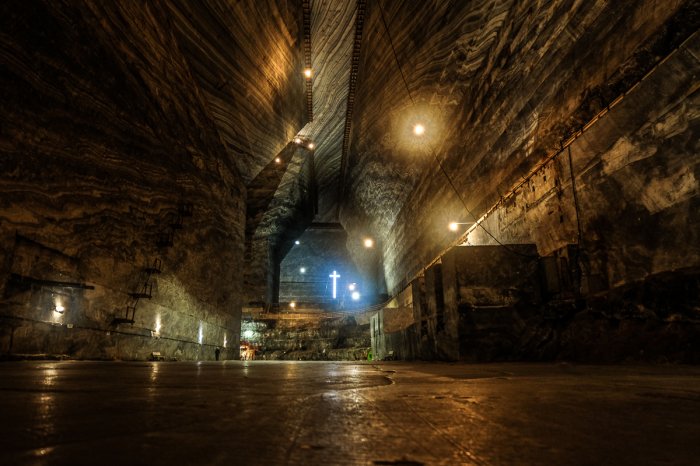5 largest salt mines in the world

05. Sifto Salt Mines - Canada
 |
| roadstories.ca |
Canada's Sifto Salt is one of the world's largest salt mines. This is located in Ontario. It is located 1800 feet below ground level, beneath Lake Huron. It has been suggested that the salt may have been the result of an ocean in the valley of the Five Great Lakes about 400 million years ago. Manufacturing began in 1959. The majority of the salt used is for the melting of snow and ice that accumulates in Canada and the United States during the winter. Himalayan salt mines
04. Chevra Salt Mines - Pakistan
 |
| flickr.com |
This salt mine has a long history. Alexander the Great is thought to have been discovered around 326 BC. The Chevra Salt is now considered the world's second-largest salt mine. It produces about 325,000 tons of salt per year. It has been estimated that about 220 million tons of salt can be taken out. However, the total salt content is estimated to be about 7 billion tonnes. The mine is located 748 feet deep.
03. Prahova Salt Mines - Romania
 |
| romaniatourstore.com |
The Great Salt Mines are considered the largest salt mines in Europe. This salt is not commonly used for medical purposes but is commonly used for medical purposes. There are piles of salt in the vicinity, some as high as 55 meters.
02. Atacama Salt Mines - Chile
 |
| Getty Images |
Located in Chile, this salt layer is surrounded by lofty mountains and volcanic rock. The most extracted is lithium and boron salts. Lithium is used to manufacture cell phones and batteries. This is considered the largest and most pure lithium source in the world.
01. Villisca Salt Mines - Poland
 |
| inyourpocket.com |
The Villisca Salt Mine in Poland has been declared a World Heritage Site and a national treasure of Poland. It is currently not operational and has become a worldwide tourist destination. The salt is thought to have been produced during the late Miocene, or 13.6 million years ago, and is a light gray. This type was identified in the 12th century and has been in operation for a long time from the 13th to the 1996th.





